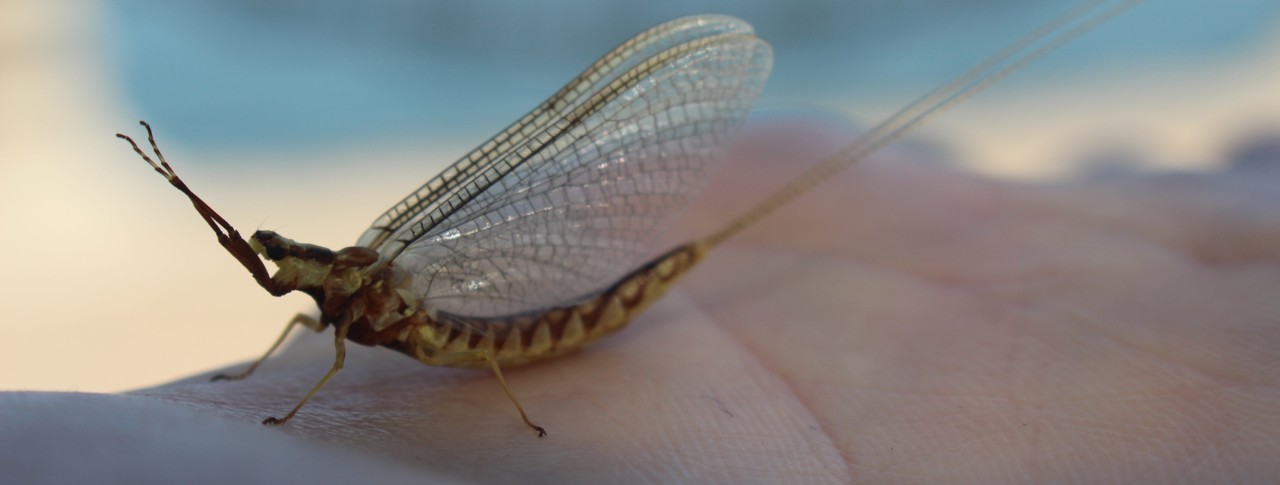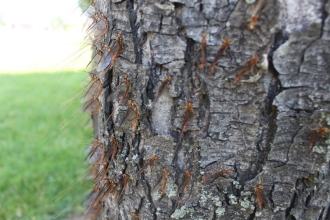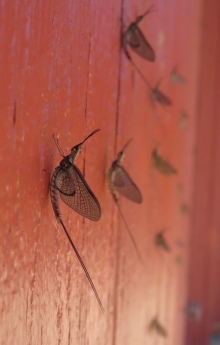As the name suggests, mayflies typically begin hatching in May, but you might be seeing less around than in previous years. Increasingly, research is documenting the effect of climate change on grasshopper and other insect populations. Now, rising temperatures may also be a reason for a nearly 50% decrease in a mayfly population studied by OU researchers.
An NSF-funded study awarded to Jeff Kelly, Corix Chair in the Department of Biology, and Djordje Mirkovic of the Cooperative Institute for Mesoscale Meteorological Studies in Norman, along with researchers at the University of Notre Dame and Virginia Tech, applied radar technology to quantify the number of mayflies that emerged from the Upper Mississippi River and the Western Lake Erie Basin.



